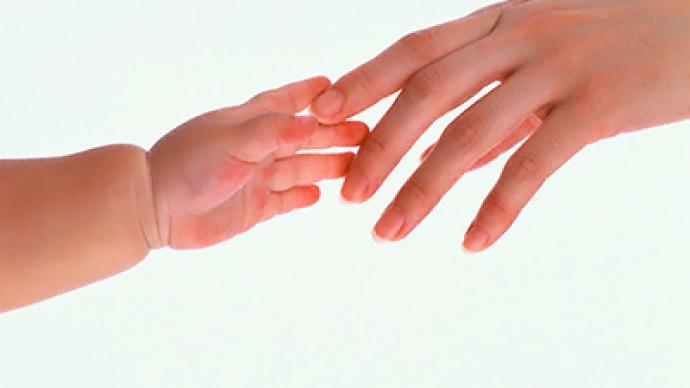Butterfly children – forgotten by the state

They are the forgotten few - the Russian children suffering from a rare and incurable genetic disease. Up to now it has been all but ignored by the medical establishment, and mothers of young sufferers have been left with very little help.
Lisa is one of the children with this rare genetic condition known as epidermolysis bullosa or EB. It makes her skin as thin as a butterfly’s wing – a slight touch or a hug can cause painful blistering that takes a long time to heal, leaving the skin even more fragile.Around the world sufferers like Lisa are known as “butterfly children”. However, in Russia it is as if they do not exist.“The doctors simply don’t know of the disease, and when you tell them what it is, even if they might have heard of it, they don’t know how to deal with it,” says Irina Komanova, Lisa’s mother.Lisa is only five but she already knows more about her diagnosis than any doctor. Her mother is aware that there is no cure. However, with proper medication, her daughter could lead an almost normal life – but it is way too expensive“It’s such a rare disease that it’s pretty much been forgotten about – there is no state support, so there’s no money and no specialists,” explains dermatologist Vera Albanova.Albanova admits she became an EB specialist by default, as there was nobody else with the knowledge to deliver treatment. “Well, it’s a very complex disease and with so few patients suffering from it,” says Vera. “Any doctor that would take it up would have to become a very narrow specialist. I myself am tied up in many other places – so I don’t have much time for these patients.”Two-year-old Nastya is a clear example of what good care and access to proper treatment can do for a butterfly child. Her mother says she is probably the only girl in Russia who, from the very first days of her life, was taken care of properly and according to international standards.“When she was 25 days old, I took her away from one of the best maternity wards in the country,” recalls Julia Koptseva, Nastya’s mother. “Her stomach and feet were raw and the marks of the doctors’ fingers were still on her skin. Back then she did look like an EB patient.”Ever since, Nastya has lived a protected life. Her medication costs roughly 100,000 rubles – more than $3,000 – per month, and she has two people, plus her mother, looking after her round the clock. Julia says life expectancy for such youngsters in Russia is very low and she is ready to do anything to make her daughter’s life long and happy.“She’s my beautiful and long-awaited princess,” says Julia. “And if there is a pea that can hurt my princess, I’ll take them all away, no matter what the cost.”Julia is also behind a newly-created foundation to help other children. Now people from all over the country are calling her, and it seems the number of child sufferers is far greater than the previously-estimated 100.There may be only a few children with this disease in Russia, but each of them needs all the support they can get. They may have learnt to live with their condition, but they still dare to dream of waking up to a life without pain.You can help children with butterfly syndrome in Russia through the BELA fund (the website is in Russian).












